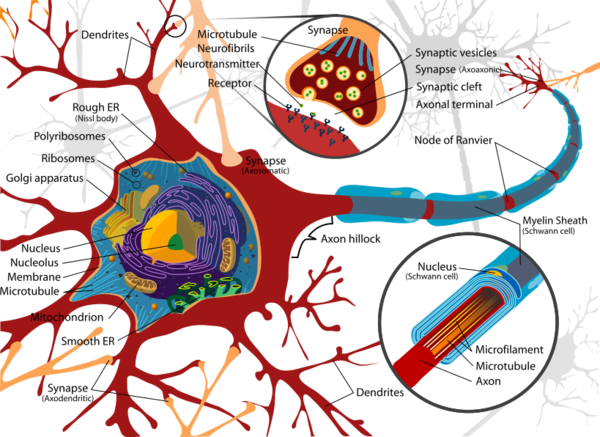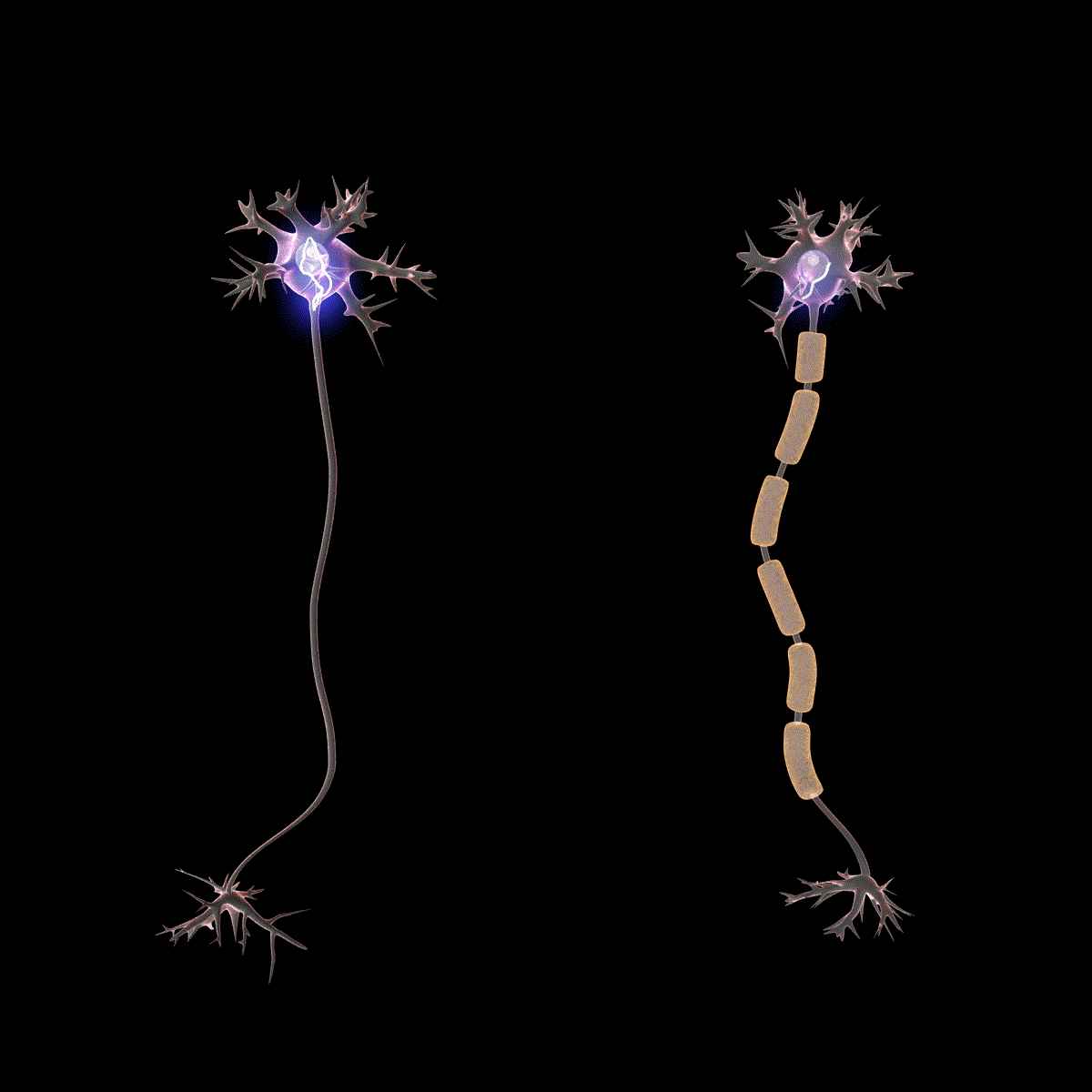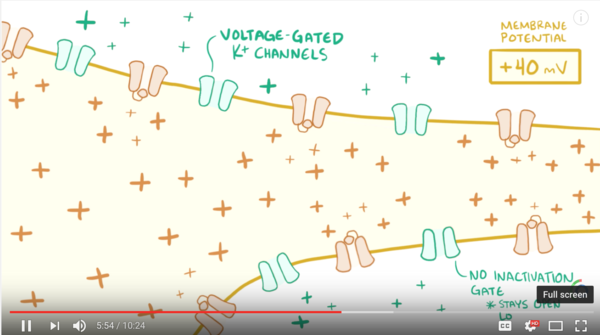News Nugget
Why this Matters
Quick Takes
It seems that somehow, from a dense spaghetti-network of over 100 billion neurons and glial cells* that the experience of consciousness arises. Continuing from Part I on the subjective experience of consciousness, today we look at the objective cutting-edge neuroscience behind the phenomenon. We begin with the most well-studied basic unit of mental hardware: the neuron.
- Part I: The Mind of Matter, Delving into Consciousness
- Part II: The Hardware of Us, A Forest of Neurons
- Part III: The Anatomy of Machines, the Chemistry of Transistors
- Part IV: Transistor, Meet Neuron
Science Level: 8/10, sign up for the newsletter here.
II. The Neuron as a Biological Cell
Neurons are cells just like any other cell. They have a squishy, sac-like cell body which has another sac inside (the nucleus) which contains all your genetic information. Inside the cell body is a sea of cytoplasm, which houses a factory of organelles that are working together constantly to create and assemble the basic building blocks of the neuron.

Unlike most cells, neurons do not divide constantly. Once they mature, they are there for life, but that doesn’t mean that they don’t change. Neurons are constantly growing new dendritic spines and the axons can move, grow and repair themselves.
Neurons are even known to be quite the risk takers in that they are constantly modifying their own genes [1], through a cutting process called methylation. When correctly applied, the process does not modify the gene sequence, but rather turns genes on and off by adding and removing a methyl group to certain base pairs. However, it’s risky because there is a small moment when the DNA is cut, open and exposed — and in that moment, the wrong base pair could slip in, causing a genetic mutation.
Why do neurons take this risk? Because it allows them to learn and adapt to their environment. By modifying gene expression they can increase or decrease the threshold for action potentials [2], the number and type of synapses, and the amount of ion channels in their membranes. All of these modifications change how a neuron computes the ultimate decision to fire a binary action potential. A one or a zero.
The Neuron as an Electrochemical Wire
So now, the neuron shifts its identity from a squishy biological cell to an electrochemical highway. Action potentials speed along myelinated axons at the rate of 200 meters per second. Damn, squish, that’s fast.

Where do these action potentials come from, and how does a neuron decide when to fire? To answer these questions, we need to look at the structure of a neuron [3].
You can imagine a neuron as a tree. From the seed of the cell body, dendrites grow densely downward absorbing neurotransmitters and relaying charged currents — while axons grow long and upward, branching out at the top sending out neurotransmitters and relaying action potentials.
Neurons speak to each other in two ways: the electrical way of action potentials is really fast but carries only binary information, the chemical way of neurotransmitters is slower but carries more complex information.
In the electrical world, everything is relative, and action lies in potential. A charge exists only in relation to its external environment. The dendrites and axons of a neuron are tubes of salt water in a sea of more but different salt water.
The chemical world becomes electrical [4] when the relative concentrations of sodium, potassium, and calcium ions on both sides dictate the potentials — and sets the stage for the electrical computations that follow.
In general, the inside of a neuron is stable and more negative than the outside, except when: a chemical synapse [5] receives a neurotransmitter or an electrical synapse [6] receives an action potential.
At this point, a series of chemical and electrical activities occur and the neuron becomes a computer with a decision to make: to fire or not to fire? 1 or 0?
The Neuron as an Information Computer
The general rule is that charge in a neuron travels only in one direction: it originates from many dendrites, is aggregated in the cell body, and then binarily sent through the axon — only if it exceeds a certain threshold at a certain point in time. These are the rules.
Of course, there are exceptions. And any data scientist will tell you that a solid system is able to handle exceptions. So no, the neural computer does not have to be perfect. It just has to work most of the time.
What makes the neuron a computer is that it receives many inputs from its dendrites [7], which are connected to the axons of hundreds or thousands of other neurons. Based on the genetic variation and electrochemical properties of an individual neuron, a threshold is set.

Some thresholds are higher and some are lower. A higher threshold means you have to shout louder to be heard, a lower threshold means the neuron might respond to only a whisper.
But ultimately the neuron makes a decision which strips all the complexity of the input to a simple 1 or a 0.
And this is just one of the 100 billion neurons in the human brain that are in total responsible for all our cognition, human experience, and muscular movements.
In the cerebral cortex, the seat of cognition, there are ~22 billion neurons processing information in parallel — out computing any computers that we have today.
The Big Questions for Technologists
The neuroscience of cognition is relatively well understood, but insight into experience and emotion are not.
New research on von Economo neurons, long spindle cells that rapidly span and connect emotive brain regions with high level cognition are hypothesized to be responsible for intuition and even higher rates of suicide [8].
Some scientists wonder if glial cells might be responsible for creativity, since they have random calcium ion bursts [9] that cause neurons to fire without any sensory input. Would they be somewhat responsible for the rich, fantastical inner world of the mind?
What makes us feel, and how — is the new frontier of neuroscience.
As mechanical computational power approaches parity with the human brain, what will make new intelligences feel, and how?
Figuring that out for our child technologies, starts with figuring it out for us.
On the Reading List
Everything You Need to Know About Neuron Action Potential in 10 Minutes. What is a neuron action potential? Neurons use ions and electrical charges to relay signals from one neuron to the next, called an action potential.
Watch 80,000 Neurons Fire in the Brain of a Fish. In a new study, scientists tracked the activity of 80 percent of the neurons in the brain of a baby zebrafish as the animal as the animal responds to what it sees. The scientists who made it say their new technique, called light-sheet imaging, will allow them to study the neural mechanisms of behavior in unprecedented detail.
Brain vs. Computer. Wetware is a term applied to biologically based information processors. There aren’t any commercial devices of this sort on the market — you can’t go and pick one up at Best Buy — yet the world has a couple trillion of them running around. We’re talking about brains, the amazing computers that power every animal on the planet.
Notes
*Glial cells are equally important to computation and function, but are less well studied — and will be discussed in a later newsletter. Since glial cells and neurons operate on the same fundamentals, discussion of the neuron will suffice for the purpose of comparing and contrasting human hardware and machine biology.
References
[2] Neurons Constantly Rewrite Their DNA
[3] Overview of Neuron Structure and Function
[4] How the Neuron Works: Charges and Ions
[7] How do Neurons Compute Outputs from Inputs
[8] Neurons Offer Clues to Suicide
[9] The Root of Thought: What Do Glial Cells Do?
Your Recommended Reading
News Nugget
Why this Matters
Quick Takes






